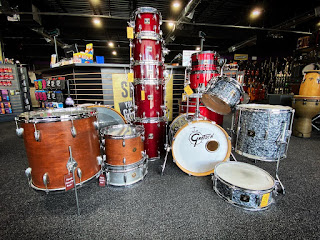A Quick Look at the History of the Guitar – Where Did the Name Come from?
You’ve probably heard that guitars in olden and ancient
times had very strange names. Some of them looked like modern day banjos, and
were called tanburs, bow harps or the Spanish lute, which was the precursor to
the classical guitar. However, where did the actual name “guitar” originate
from? Well, here is the gist of it.
The name “guitar” actually comes from Sanskrit, which is a
language that developed throughout northern India and in the middle of Asia
during ancient times. The word is a merging of a the Sanskrit word “tar” –
which means “string” – and the Persian word “char” which means “of medium
size.” The word soon developed into “quitarra” as the moors invaded Spain well
over 1,000 years ago. The guitar was one of the results of this merging of
cultures, which resulted in a Muslim Spain for several centuries.
Guitars, however, were not developed into the shape we know
today until the 19th century. Different types of smaller guitars or
guitars featuring four or five strings have also carried the name during the 18th
through 19th century. Today, the name “quitarra” is still used, and
many modern versions of the classical guitar developed in Spain still remain
and are continually being developed today.
If you are interested in playing the guitar, look for a business that will buy and sell used musical instruments for cash. Those places usually have a large inventory of used instruments to chose from at affordable pricing, sold by knowledgeable staff.



